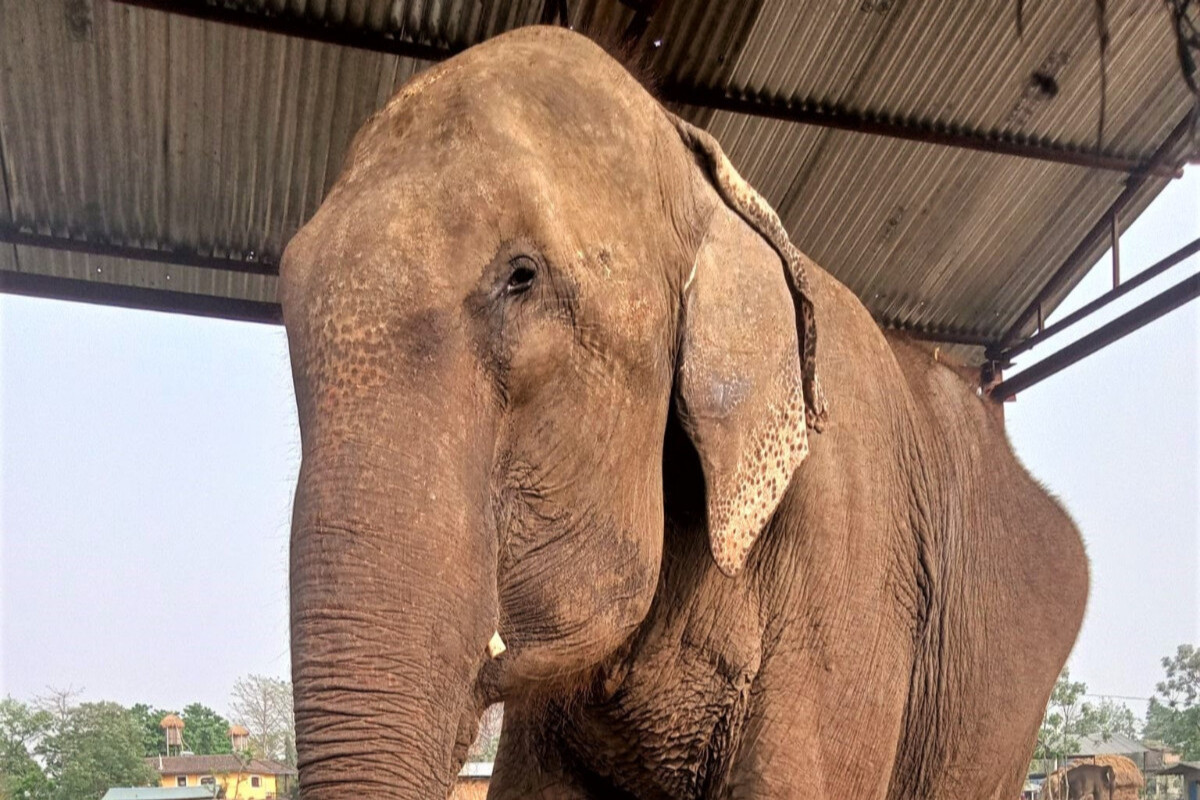In a promising turn of events for wildlife conservation, Assam Chief Minister Himanta Biswa Sarma announced on X (formerly Twitter) that thermal cameras have recorded an increasing number of elephants returning to their natural habitat in Kaziranga National Park.
This observation is being hailed as a crucial indicator of receding floodwaters in the region, signalling a slow return to normalcy for the park’s diverse ecosystem.
Advertisement
Sharing a video on the social media platform, Chief Minister Sarma posted digital footage of elephants and their families making their way back into the park.
“The good news is that our thermal cameras have spotted more and more elephants returning to their natural habitat in Kaziranga as water levels decrease,” he wrote. The visuals depict elephants navigating through the lush greenery, a hopeful sign of the park’s recovery.
Kaziranga National Park, a UNESCO World Heritage site, is renowned for its one-horned rhino and its rich biodiversity, including a significant elephant population.
However, the park has been severely impacted by seasonal floods, which have disrupted wildlife and forced animals to migrate to higher grounds. The floods not only threatened the lives of the animals but also disturbed the delicate balance of the park’s ecosystem.
The return of the elephants signifies not only a reduction in flood levels but also the gradual restoration of normalcy within the park.
According to the park director, this year, the floods have claimed the lives of 174 animals, including 10 prized one-horned rhinos, a species for which Kaziranga is particularly famous. Hog deer suffered the heaviest toll, with 153 reported deaths, primarily due to drowning, and two fatalities resulting from vehicle collisions on the adjacent highway, as reported by the national park director, Sonali Ghosh.
The floodwaters, an annual occurrence, bring both life and destruction to Kaziranga. While the silt deposited by the floods nourishes the soil, promoting rich vegetation, the high water levels force animals to seek refuge on higher grounds, often leading to casualties. The loss of wildlife has significant ecological repercussions, as each species plays a critical role in maintaining the park’s biodiversity.
In light of the improving flood situation, Chief Minister Sarma also announced that light motor vehicles and buses would now be allowed to move through the Kaziranga section of the national highway, subject to speed restrictions. However, trucks will be permitted to travel only in convoys to ensure the safety of the returning wildlife.











